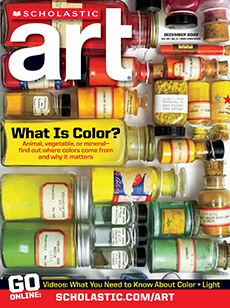Tiziano Vecelli, known as Titian, was the most important Venetian painter of the Italian Renaissance. Titian was born near Venice about 1488. As a boy he studied with the foremost Venetian painter of the time, Giovanni Bellini.
In 1508, Titian began working with another great Venetian artist, Giorgione—but as an associate, not as a pupil. Giorgione died two years later, and Titian completed several of his colleague's unfinished paintings. In 1511, Titian was invited to Padua to paint frescoes of the miracles of Saint Anthony. His fame spread. When Bellini, official painter of the Republic of Venice, died in 1516, Titian was appointed his successor.
In 1525, Titian married a barber's daughter named Cecelia. They had three children. One, their daughter Lavinia, was a frequent subject of Titian's paintings.
Titian has been described as a feverish worker. Painting with oils, he sometimes worked on several pictures at once, starting with a rough underpainting and then refining it with layer after layer of color. He was very critical of himself and sometimes would turn a canvas to the wall for months before going back to it and revising it. Titian blended colors skillfully to achieve the rich and strong effect he wanted. The warm red that seems to glow in his pictures, for example, was made with many layers of transparent colors.
Titian's fame spread through Europe. At various times he was court painter to the pope and to the rulers of Austria, the Netherlands, and Spain. Despite his great success, he was constantly and restlessly creative. Even when he grew old and partially crippled, he continued to explore new techniques.
Titian died in Venice on August 27, 1576.
